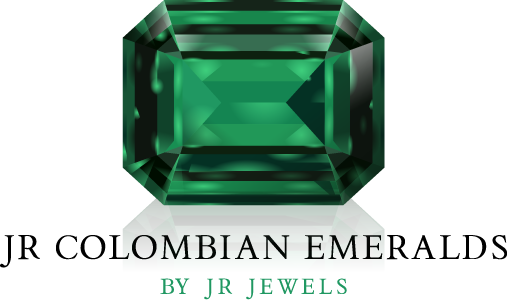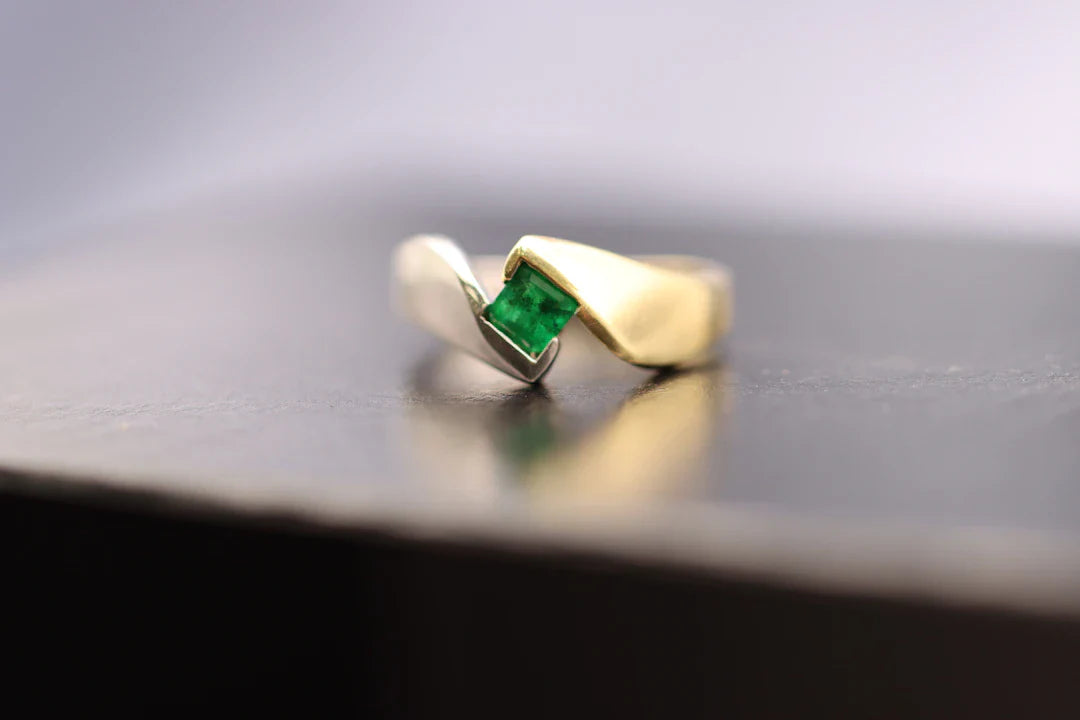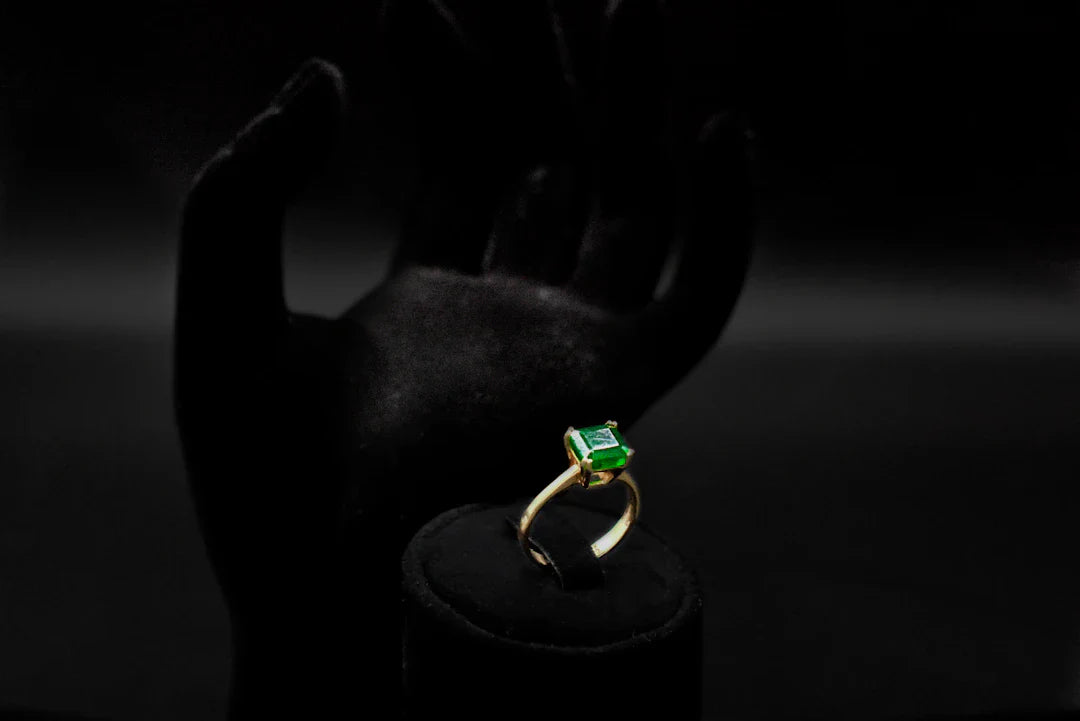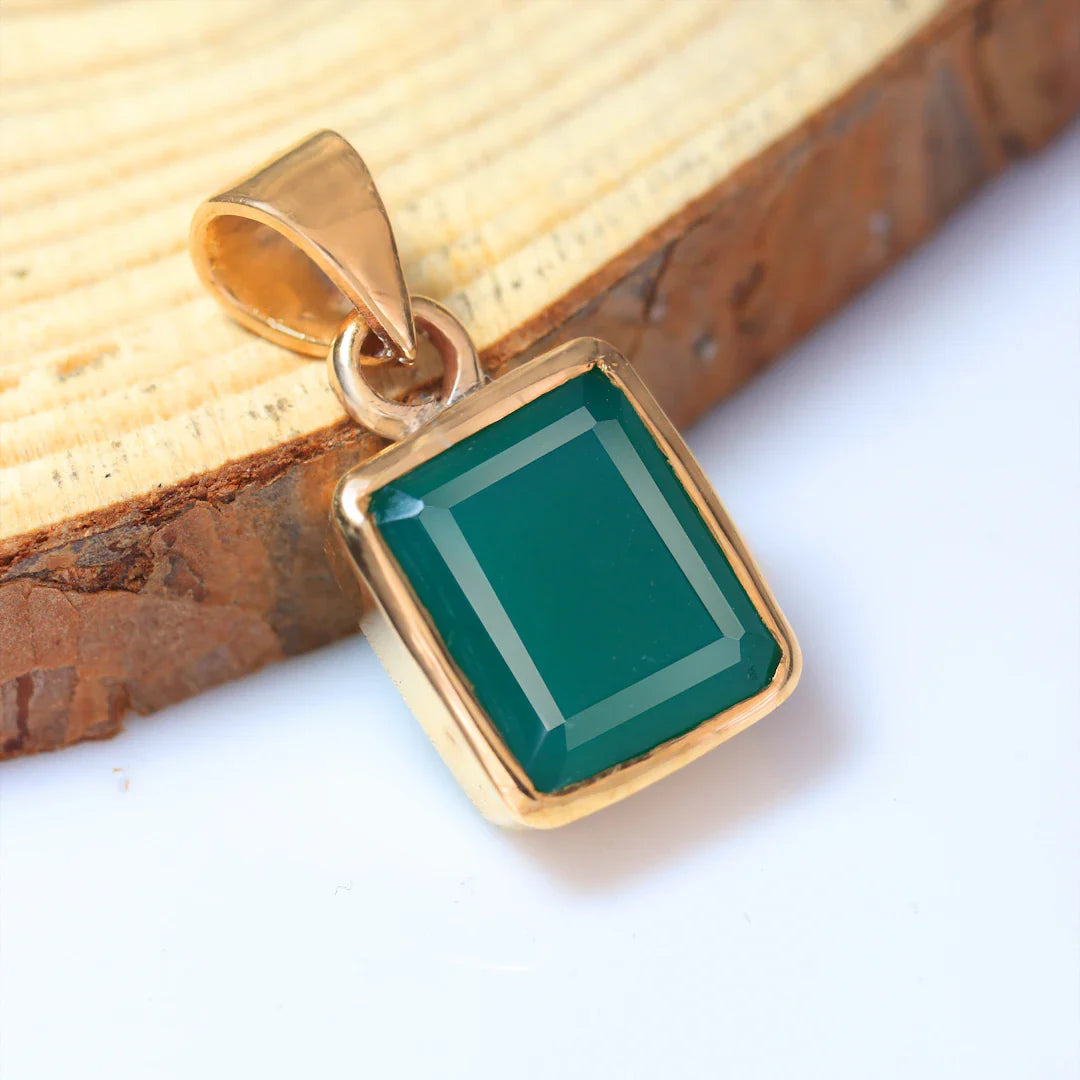Overview
Learn how to evaluate and choose quality emeralds by understanding the Four Cs: Color, Clarity, Cut, and Carat weight. Consider factors like origin, natural vs. synthetic stones, and treatments. Shop from reputable dealers, seek certification, and ask the right questions to ensure authenticity. Emeralds not only enhance your style but also carry significant meanings, making them timeless choices for jewelry.
Frequently Asked Questions
1. What are the Four Cs of emerald quality?
2. What should I look for in the color of an emerald?
3. How do inclusions affect an emerald's value?
4. How does the origin of an emerald impact its value?
5. Why is certification important when buying emeralds?
When it comes to purchasing emeralds, understanding the qualities that make them valuable is crucial. Emeralds are one of the most desired gemstones around the globe, cherished for their rich green hue and unique structure. This comprehensive guide will help you identify quality emeralds and assist you in selecting stunning emerald rings that will amaze everyone who sees them.
Understanding Emeralds
Emeralds belong to the beryl family and are characterized by their radiant green color, which is the result of trace amounts of chromium and vanadium. One fact that sets emeralds apart is their popularity in jewelry, especially in emerald rings, which have made a significant mark on the fashion scene. However, not all emeralds are created equal. In this section, we'll explore the fundamental characteristics of emeralds that impact their quality.
The Four Cs of Emerald Quality
When evaluating emeralds, jewelers and buyers often refer to the Four Cs: Color, Clarity, Cut, and Carat weight. Each of these attributes plays a critical role in determining the overall quality and value of the emerald gems. Let’s dive into each of these components.
Color
Color is arguably the most significant factor when it comes to emeralds. High-quality emeralds are vibrant, possessing a rich, vivid green hue. Factors to consider include:
- Hue: The most desirable emerald color is a pure green, often described as lush and verdant.
- Saturation: An emerald should have a high saturation level without being overly dark or too light.
- Tone: A balance between light and dark gives emeralds their deep yet brilliant luster.
Clarity
Emeralds tend to have inclusions, or "clarity characteristics," which are often more visible than in other gemstones. While inclusions are accepted in emeralds, the fewer there are, the better. When assessing an emerald’s clarity, pay attention to:
- Type of Inclusions: Look for the 'jardin,' a unique pattern of inclusions that can add to the emerald's character.
- Visibility: Inclusions should not distract the eye; the best emeralds appear clean when viewed face-up.
Cut
The cut of an emerald affects its brilliance and how it reflects light. Because emeralds have significant natural inclusions, they are typically cut to minimize them. Important factors regarding cut include:
- Shape: Common shapes for emerald rings include rectangular and oval cuts. The emerald cut is especially famed for enhancing the stone's color.
- Proportions: Proper proportions will ensure that the emerald retains its brilliance; cutting too deep or shallow can impact this.
Carat Weight
Carat weight measures the size of the emerald. While larger stones are rarer and more desirable, the factors of color, clarity, and cut also play a vital role in the overall quality. Here are guidelines for knowing how carat weight affects emerald value:
- Size and Impact: Larger stones are stunning in emerald rings, but remember that quality matters more than size.
- Price Dynamics: As carat weight increases, the price tends to increase exponentially due to the rarity of larger stones with excellent color and clarity.
Other Factors to Consider When Buying Emeralds
While the Four Cs serve as a solid foundation for evaluating emerald quality, there are additional factors that can elevate your purchasing experience:
Origin Matters
Emeralds can originate from various regions around the world. Colombian emeralds, for instance, are known for their exceptional quality and enchanting hue. Understanding the origin can enhance the value of your emerald and provide an exciting story behind your future emerald rings.
Natural vs. Synthetic Emeralds
In the gemstone market, it is important to distinguish between natural and synthetic emeralds. Natural emeralds have formed over millions of years, whereas synthetic emeralds are laboratory-created. While both may look similar, natural emeralds generally hold more value. Always inquire about the origin and treatment of the stone to ensure authenticity.
Emerald Treatments
Many emeralds undergo treatments to enhance their clarity and color. Common practices include:
- Oiling: The majority of emeralds on the market are treated with oil to enhance clarity. This treatment is generally accepted but must be disclosed.
- Heat Treatment: Although less common in emeralds than in other gemstones, heat treatments can enhance color and should also be disclosed.
Shopping Tips for Quality Emeralds
Now that we’ve covered the essentials of emerald quality, let’s focus on shopping tips that can help you find the best emeralds for your collection or as a gift, particularly if you are on the lookout for stunning emerald rings:
Work with Reputable Dealers
Finding a trustworthy jeweler is vital. Look for established sellers with good reviews or recommendations. Always ask about the emerald's certification and whether they offer a return policy. This will ensure that you have a reliable source for quality emeralds.
Get a Certification
A certificate from a well-recognized gemological laboratory provides detailed insights into the emerald’s quality, including its characteristics and any treatment it may have undergone. The top certifications in the industry come from organizations like the Gemological Institute of America (GIA) or the International Gemological Institute (IGI).
Ask the Right Questions
Do not hesitate to ask the jeweler questions about the emerald, such as:
- What is the origin of the stone?
- What treatments have been performed?
- Can you provide certification, and what does it say?
The Beauty of Wearing Emeralds
Wearing emeralds, particularly in beautifully designed emerald rings, can be a statement of elegance and sophistication. Not only are emeralds visually captivating, but they also carry significant meanings in various cultures, such as love, rebirth, and wisdom. Their beauty has transcended time, making them a classic choice for engagement and anniversary rings, among other occasions.
Styling Your Emerald Accessories
Complementing your emerald rings with the right outfits and accessories can enhance their beauty and make a bold fashion statement. Here are a few tips for styling your emeralds:
- Match with Neutral Tones: Emeralds shine brightest against whites, blacks, or earth-tones, providing a stunning contrast.
- Layering: Pair your emerald ring with delicate gold or silver bands for a chic layered look.
- Occasions: Opt for emerald rings during formal events or as a standout accessory for casual gatherings.
Final Thoughts on Your Emerald Journey
By understanding how to identify quality emeralds and acquiring the knowledge needed to make smart purchases, you can confidently select exquisite emerald rings that will last a lifetime. Each emerald tells a story, whether through its breathtaking color or its unique inclusions. Remember that investing in emeralds is not just about the gem itself; it's about the emotions and memories attached to each piece. Take your time to explore, learn, and enjoy the stunning world of emeralds as you find the pieces that resonate with you the most.




Leave a comment
This site is protected by hCaptcha and the hCaptcha Privacy Policy and Terms of Service apply.